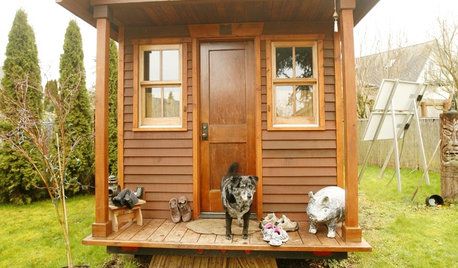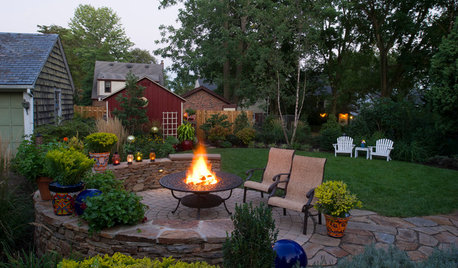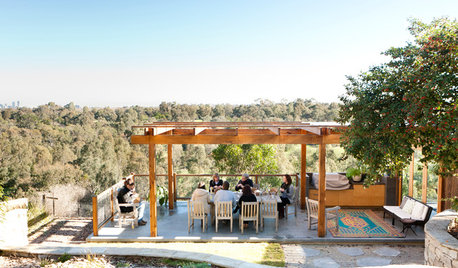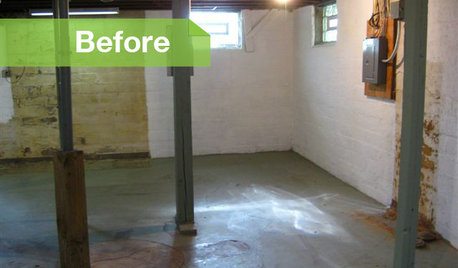Delaware forum
Jjbjjbh Jjbjjbh
15 years ago
Related Stories

ARTWitness a Fantastic Chihuly Glass Sculpture Installation
Ever wonder what goes into a design that includes a major — and highly breakable — artwork? Here's your chance to find out
Full Story
SMALL SPACESLife Lessons From 10 Years of Living in 84 Square Feet
Dee Williams was looking for a richer life. She found it by moving into a very tiny house
Full Story
GARDENING AND LANDSCAPING7 Outdoor Fire Features Fuel the Soul
Spark some backyard bonding with a fireplace or fire pit, taking inspiration from these shining examples of great design
Full Story
GARDENING AND LANDSCAPING17 Outstanding Outdoor Rooms
Consider these creative possibilities for extending your living area outdoors
Full Story
BASEMENTSBasement of the Week: Modern Style Converts an Empty Concrete Box
From raw wasteland to fab living, sleeping and storage space, this snazzy basement now covers all the angles
Full Story





cloudy_christine
Jjbjjbh JjbjjbhOriginal Author
Related Professionals
Roosevelt Landscape Architects & Landscape Designers · Tempe Landscape Contractors · Concord Landscape Contractors · Coram Landscape Contractors · Live Oak Landscape Contractors · Paterson Landscape Contractors · South Lake Tahoe Landscape Contractors · Houston Carpenters · Poway Carpenters · Elkridge Decks, Patios & Outdoor Enclosures · Bowie Decks, Patios & Outdoor Enclosures · Carlisle Decks, Patios & Outdoor Enclosures · Little Rock Decks, Patios & Outdoor Enclosures · Prescott Decks, Patios & Outdoor Enclosures · Wayne Siding & Exteriorscloudy_christine